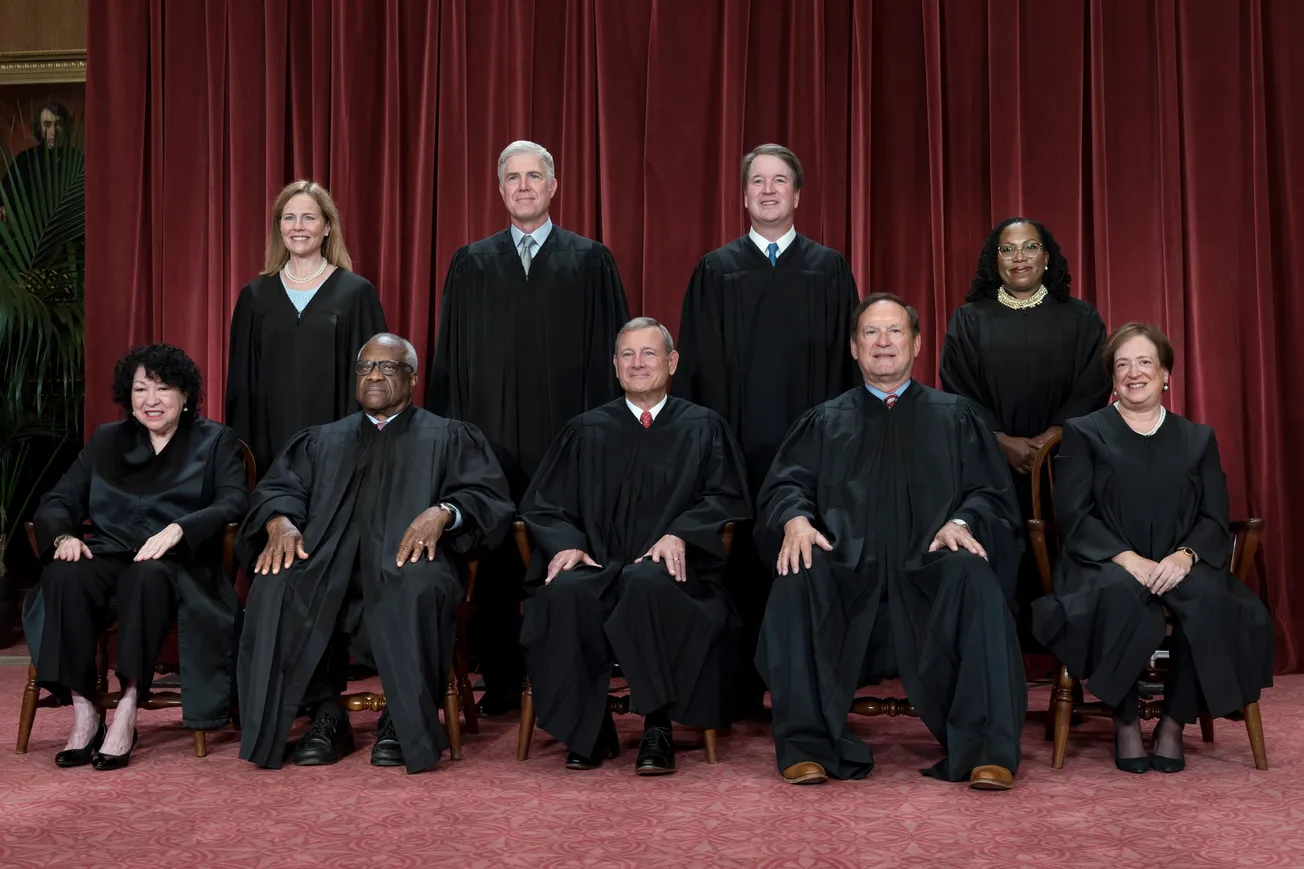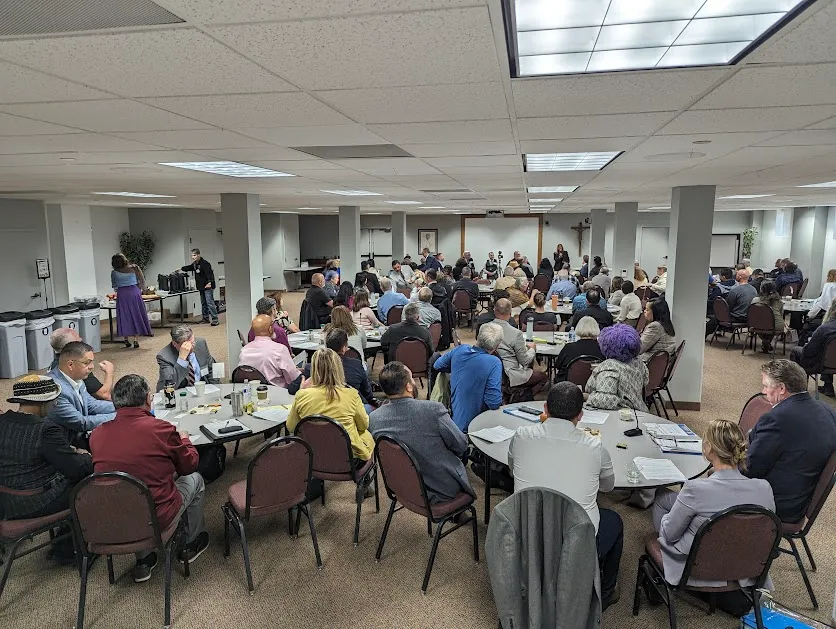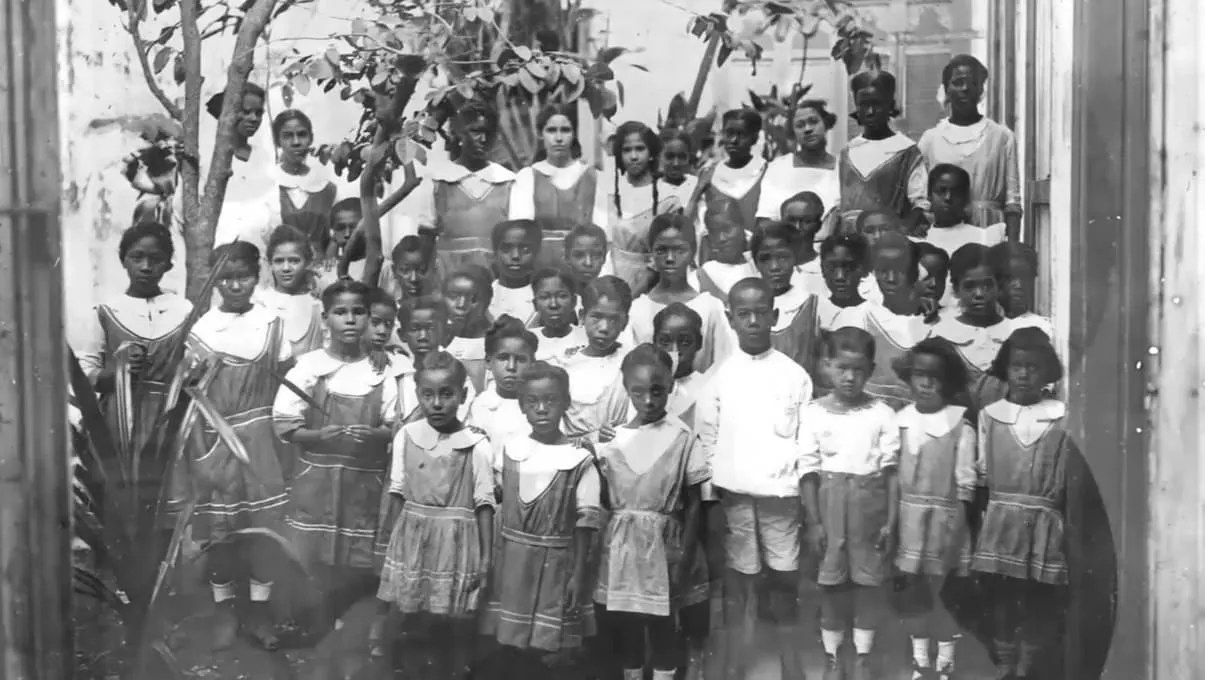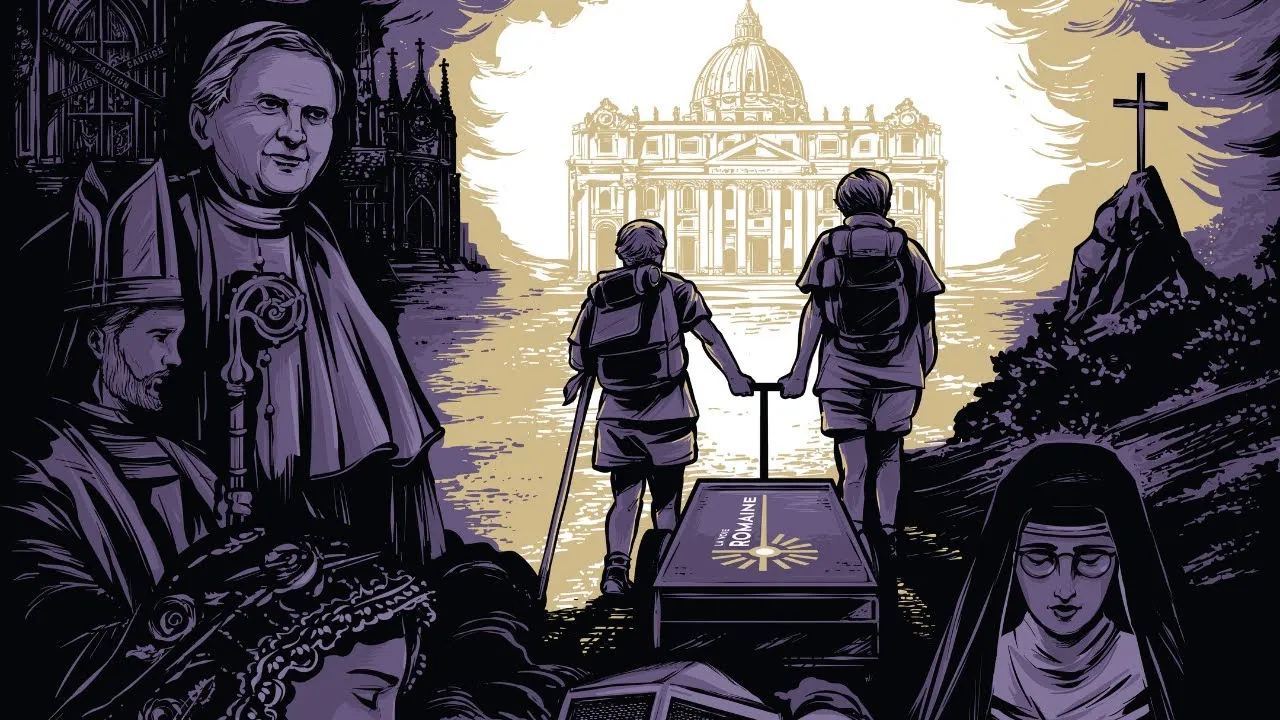“There are three kinds of lies: lies, damned lies, and statistics.”
—Mark Twain
That reality was on full display in the Supreme Court’s majority opinion in Students for Fair Admissions, Inc. v. Harvard and Students for Fair Admissions, Inc. v. University of Northern Carolina at Chapel Hill.
Not content to issue an opinion striking at the heart of substantive due process—a legal theory that makes racial justice possible—in reversing Roe v. Wade with the Dobbs decision, the White Catholic majority of the Supreme Court decided to attack racial justice efforts directly on Thursday. And it did so, in part, on untested statistical speculation, as Associate Justice Ketanji Brown Jackson pointed out in her dissent.
In its Students for Fair Admissions opinion, the Court addressed two cases involving affirmative action programs that took race into consideration when making college admissions decisions. The schools in question were Harvard and the University of Northern Carolina at Chapel Hill (UNC). The Students for Fair Admissions (SFFA) organization claimed to represent the interests of members who had applied to these universities but failed to gain admission because—so they alleged—the university considered favorably the underrepresented racial identity of other applicants.
In particular, with respect to the Harvard case, SFFA represented anonymous Asian students who thought undeserving Black and Latino students had taken their spots at the school.
In a 6-3 opinion, the Supreme Court sided with SFFA, setting aside decades of precedent holding that schools have a reasonable interest in racial diversity and could consider race, among other factors, in making admission decisions with respect to diversity goals. The most recent case was in 2003, Grutter v. Bollinger, which upheld an affirmative action program at the University of Michigan School of Law.
Justice Sandra Day O’Connor, writing for the majority in Grutter, famously said:
“The Court expects that 25 years from now, the use of racial preferences will no longer be necessary to further the interest approved today.”
Taking that hope as a deadline, the SCOTUS majority in Students for Fair Admissions essentially argued that the deadline has arrived and that the court should no longer support the use of race in college admissions—regardless of the actual need to achieve either remedial justice or diverse student bodies.
The majority and concurring opinions read like a litany of White grievance politics formulated with lawyer vocabulary and turns of phrase. It features everything from complaining about too many unqualified Black people in historically White spaces to not enough affirmative action for Irish Americans. And, of course, they also raise faux concerns about other minorities, such as Asian and Jewish Americans. And so, in their minds, the White saviors—with Associate Justice Clarence Thomas in tow—have saved us from ourselves and our preferred social justice policies.
Unsurprisingly, as it happens often, the alleged commitment of the conservative bloc to “originalism” disappears when that commitment conflicts with preferred political outcomes.
As I have written and explained in a pair of essays for “Originalism in The American Mind,” a Claremont Institute blog, originalism is the purported application of the original meanings of a legal text to modern cases, with the aim of preserving the “original meaning” of the Constitution. The problem is that this side-steps the issue of whether the “original meaning” is even capable of satisfying the minimum requirements of justice and jurisprudence. As such, originalism divorces judgment from justice.
The other issue, and the one exposed in Students for Fair Admissions, is that original or historical meanings are quickly dispensed or ignored when deemed inconvenient by their biggest proponents.
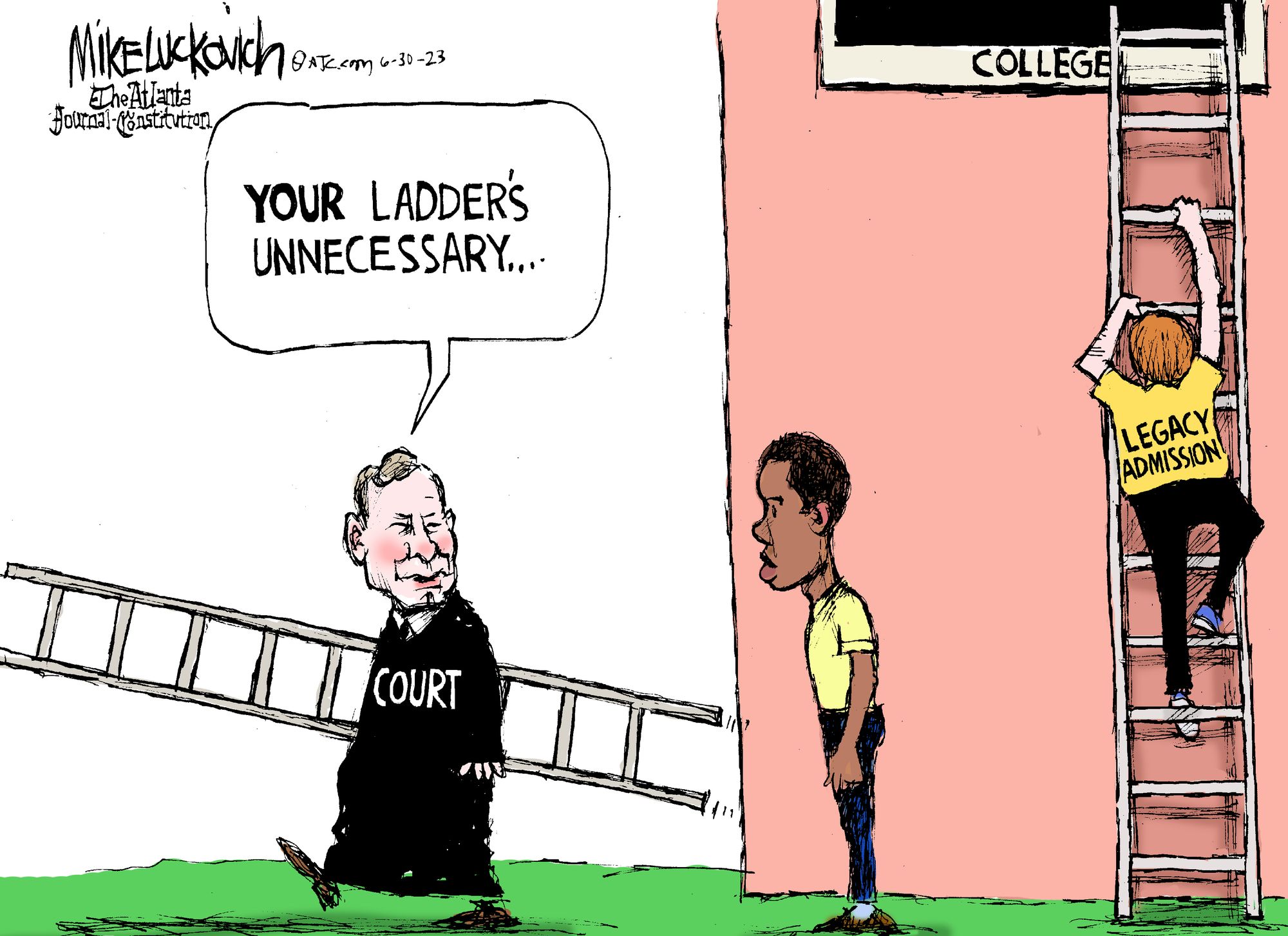
This time, the majority, including Thomas, created the narrative fiction that the 14th Amendment of the Constitution—which guarantees equal protection to U.S. citizens—requires “colorblindness” or formal race neutrality in state action. Nothing could be farther from the truth. Associate Justices Sonia Sotomayor and Jackson point this out clearly in their dissents, which I highly recommend reading.
More specifically, Jackson highlights what has become a troubling trend in Supreme Court opinions: the manipulation of the record to issue opinions that address alternative facts.
For example, Associate Justice Neil Gorsuch’s opinion in the 2022 religious freedom case Kennedy v. Bremerton School District presented a set of facts that Sotomayor pointed out was far from reality. Justice Samuel Alito in Dobbs simply ignored the issues raised by the dissent of maternal mortality and a woman’s right to health as factors to consider in rendering a legal judgment.
And now, as Jackson pointed out in her dissent on Students for Fair Admissions, the majority has engaged in “ad hoc statistical analysis” that was not part of the trial-court record to create a false narrative about how the affirmative action program worked at UNC. In other words, we have entered a period of post-truth Supreme Court judgments—the only kind we will see in the immediate future if the majority’s commitment to White Supremacy continues to be stronger than to multiracial and multigender democracy.
This was highlighted in a clear way in the written dialogue between Thomas and Jackson in their respective opinions as they addressed one another’s arguments. Thomas attempted to rely on his personal experience to deflect from his adoption of White Supremacy, but ultimately, this passage sums up the White Supremacy of the result, and his own self-hating nihilism:
“If social reorganization in the name of equality may be justified by the mere fact of statistical disparities among racial groups, then that reorganization must continue until these disparities are fully eliminated, regardless of the reasons for the disparities and the cost of their elimination. If blacks fail a test at higher rates than their white counterparts (regardless of whether the reason for the disparity has anything at all to do with race), the only solution will be race-focused measures. If those measures were to result in blacks failing at yet higher rates, the only solution would be to double down.”
(emphasis mine)
One is left to wonder: what could be the cause of a statistically significant disparity between races be, if not historic and present racial discrimination? Why is the assumption that with the elimination of racial oppression, the test scores of Black students would worsen? Thomas does not say. But the implication, of course, is that Black people are, as a rule, inferior to the more deserving members of other races that “miss out” on college spots to those of us who do not really belong. This is an idea supported even by public “scholars” like Dr. Jordan Peterson (a regular collaborator of Bishop Robert Barron).
In contrast, Jackson shows us what self-love and integrity look like in the context of the law:
“The overarching reason the majority gives for becoming an impediment to racial progress—that its own conception of the Fourteenth Amendment’s Equal Protection Clause leaves it no other option—has a wholly self-referential, two-dimensional flatness. The majority and concurring opinions rehearse this Court’s idealistic vision of racial equality, from Brown forward, with appropriate lament for past indiscretions. … But the race-linked gaps that the law (aided by this Court) previously founded and fostered—which indisputably define our present reality— are strangely absent and do not seem to matter.…
No one benefits from ignorance. Although formal race-linked legal barriers are gone, race still matters to the lived experiences of all Americans in innumerable ways, and today’s ruling makes things worse, not better.”
In a summer of multiversal movies, the Supreme Court has made its own contribution to dimension-crossing fiction with a judgment befitting a parallel Earth where slavery never existed. Rather than listening to Pope Francis’ guidance in “Fratelli Tutti” to be sensitive to new manifestations of racism and to combat them, the Catholic majority (save Sotomayor) have instead ignored the ways that White Supremacy perpetuates and protects itself. This includes their newly solidified efforts to prevent racial justice considerations in college admissions while protecting legacy admissions at historically White colleges and universities. (That’s right: affirmative action for White folks is untouched.)
More can be said about the opinion, including how it ignored the religious claims of Catholic universities to engage in affirmative action according to Catholic social teaching, or how it explicitly exempted military colleges, meaning Black students can be admitted via affirmative action to the military but not to Harvard. However, the main point here is this: the bench has given up the pretense of seeking truth and justice.
Indeed, the Supreme Court has become the embodiment of White grievance in black robes, and Thomas, once a more interesting contrarian who only flirted with racial nihilism, has now, it seems, slipped into self-hating oblivion—with the help of his fellow Catholics.
Gunnar Gundersen is an attorney in Newport Beach, CA. He serves in his parish council and choir, is a published essayist, and regularly lectures on natural law and the American Founding. He is also the first Ordinariate member of the Knights of Peter Claver. Follow him on Twitter at @GBGundersen.


